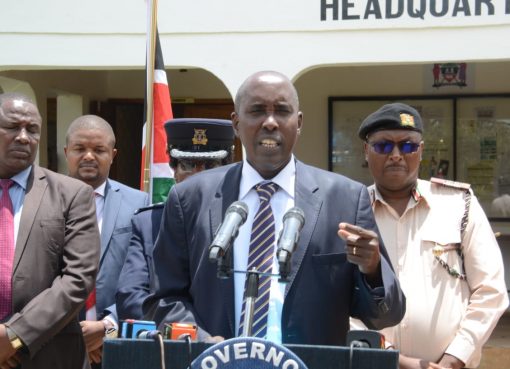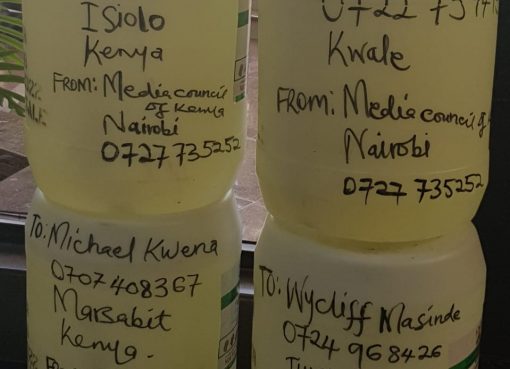There is need to prioritize strengthening the capacity of health facilities to provide essential outpatient services through availing the requisite health personnel, health infrastructure equipment and health products and technologies.
This is according to the National Health Facility Census (2023) launched at the Afya House on Thursday by Health Cabinet Secretary Susan Nakhumicha.
The report highlights that availability of basic equipment is especially a critical gap that needs to be bridged for quick gains.
The census undertaken in August 2023 targeted 14,366 health facilities and 14,883 facilities across all counties were fully assessed translating to 104 percent.
“Majority of health facilities that provided specialized outpatient services offered obstetrics/gynaecology (69percent), paediatrics (61 percent), general surgery (57percent) and internal medicine (57 percent),” revealed the report
It further explained that a minority of these facilities offered renal services (21percent), cardiology (18 percent), neurology (15 percent), endocrinology (11percent) rheumatology (11percent) and cardiothoracic/vascular surgery (7 percent).
“Less than half of the facilities in the country were offering maternity services with only a third of the facilities offering emergency obstetric care. Despite a majority of the facilities having adequate delivery beds and delivery packs, critical gaps were noted such as; only 40 percent of the facilities offered blood transfusion services while only 54 percent of the facilities had a source of oxygen,” read part of the report.
Access to newborn health services in the country was low at 12 percent. Overall availability of equipment within facilities offering newborn services was good however only about half of the facilities offering newborn care had CPAP machines. Investments are critically needed in equipment, supplies and human resource to deliver both basic and comprehensive maternity services and for newborn care (vacuum extractors, resustiares, Oxygen source, CPAP among others).
“This impacts negatively on maternal and newborn health outcomes and is a barrier to improving quality of care during and after delivery,” stated the report.
It explained that one in every five facilities assessed were offering in-patient services, the majority of which were medical and pediatric inpatient services at 85 percent and 69 percent respectively.
According to the report, less than a third (27 percent) offered inpatient surgical services. Only 4 percent of facilities were offering inpatient services for oncology and psychiatric services. A total of 381 facilities offered critical care services; 217 (1.8 percent) facilities provided High Dependency services (HDU) and 164 facilities provided Intensive Care services (ICU).
“Nationally, there are a total of 899 ICU adult beds, 196 ICU pediatric beds and 258 ICU neonatal beds. A total of 951 HDU adult beds and 275 HDU cots were reported,” explained the report.
The report highlighted that investments in Critical care services should be scaled up especially in public facilities in consideration of the proposed chronic diseases fund, so that once established, patients can access quality critical care services within acceptable cost (Public Facilities).
“Slightly over half of facilities were providing pharmacy services (57 percent) and of these, only a small proportion had the full basket of tracer medicines (6 percent) and tracer non-pharmaceutical supplies (15 percent),” read the report.
It further revealed that about half of facilities reported having access to functional ambulances Basic (BLS) ambulances were the most accessible in 64 percent of facilities Advanced life support (ALS) ambulances were only accessible in 31 percent of facilities.
By Joseph Ng’ang’a




